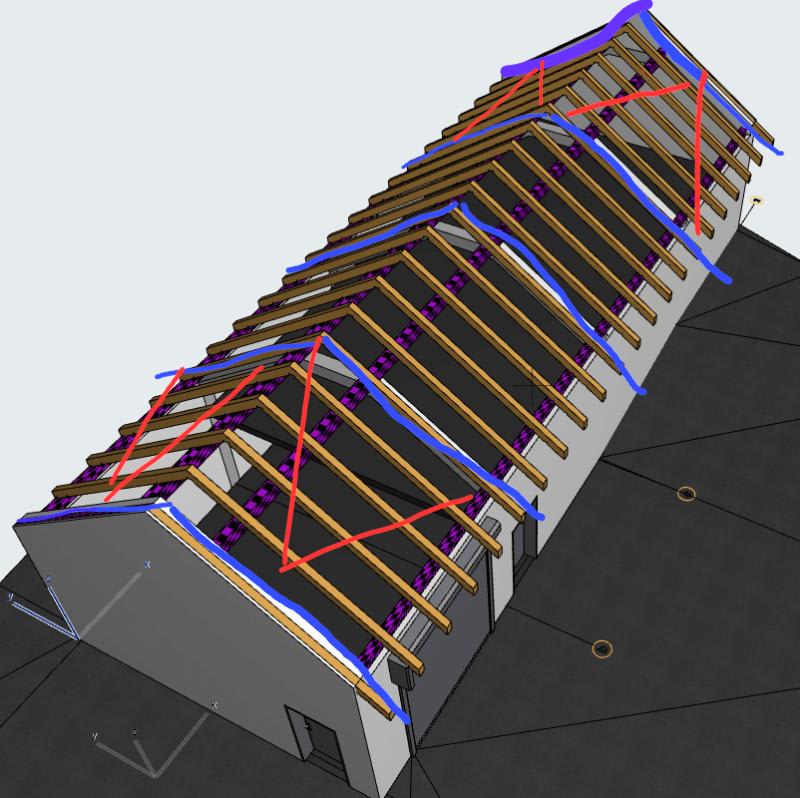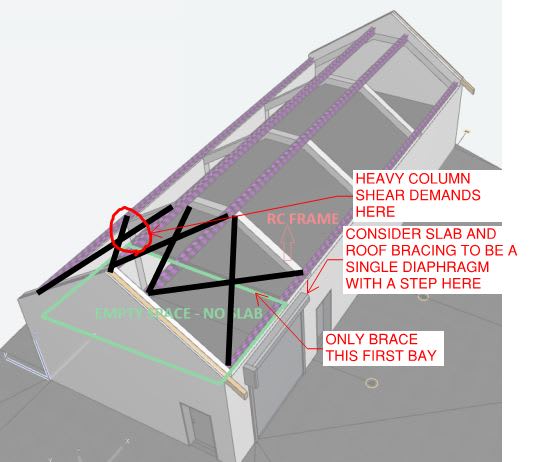Greetings
I'd like to hear some opinions on this structure (tire warehouse) that has:
-timber roof (rafters supported on timber beams),
- timber beams are supported on RC frames,
- there is a RC slab above ground storey above entire structure – except the first field which is empty,
- walls (concrete or masonry) are 300 mm thick with only few openings.
I am wondering what is the best way to design this one regarding horizontal - seismic forces.
Since RC slab is not above whole structure (first field is empty) this causes weakness in transverse direction. RC frames will support timber roof and will be designed as moment frames so they can also take transverse forces but I was thinking about bracing in the roof plane, which will transfer transverse horizotnal forces above RC slab to both external transverse walls. Horizontal forces in other/longitudinal direction should not be a problem since I have two long external walls with only few openings so bracing in the roof plane will transfer this forces to longitud. walls. Timber beams which support rafters are part of bracing (compression forces) so maybe steel is a better option than wood.
I am wondering what is the best way to design this – especially for horizontal forces in transverse direction? Any suggestion?
I know I can design this structure as RC frames with fillers but I think there is no need for that. I can also use steel frames instead RC frames above the slab.
This structure should not be a precast structure!
Id like to get a design that is as simple/cheap as possible. What do you suggest?
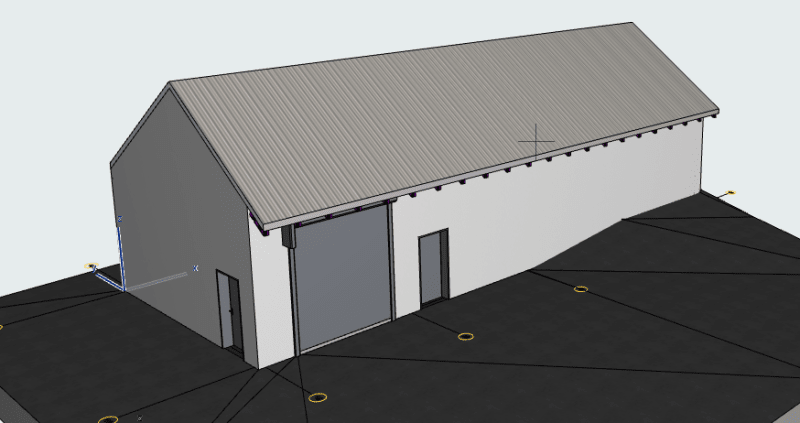

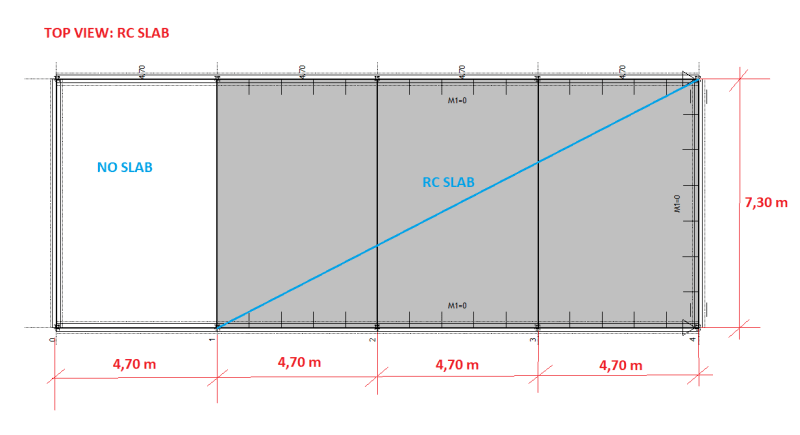
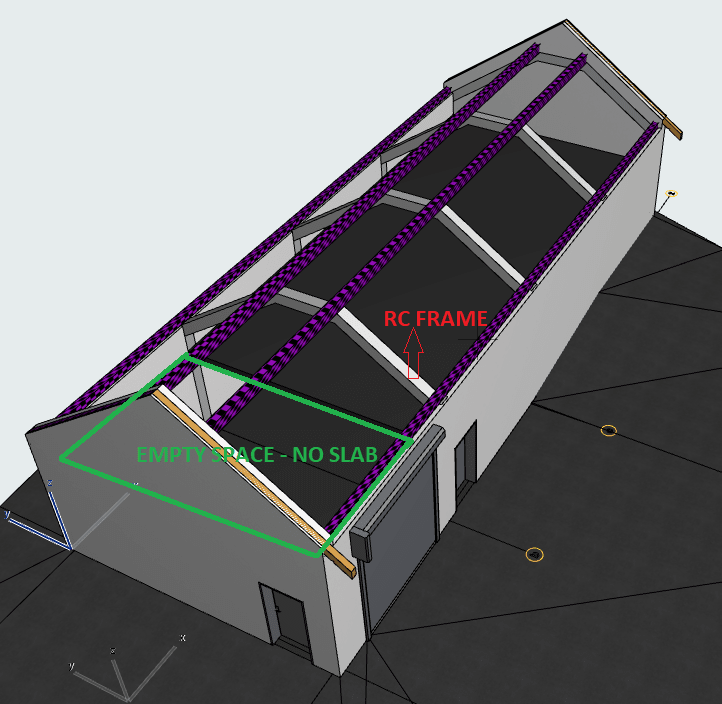
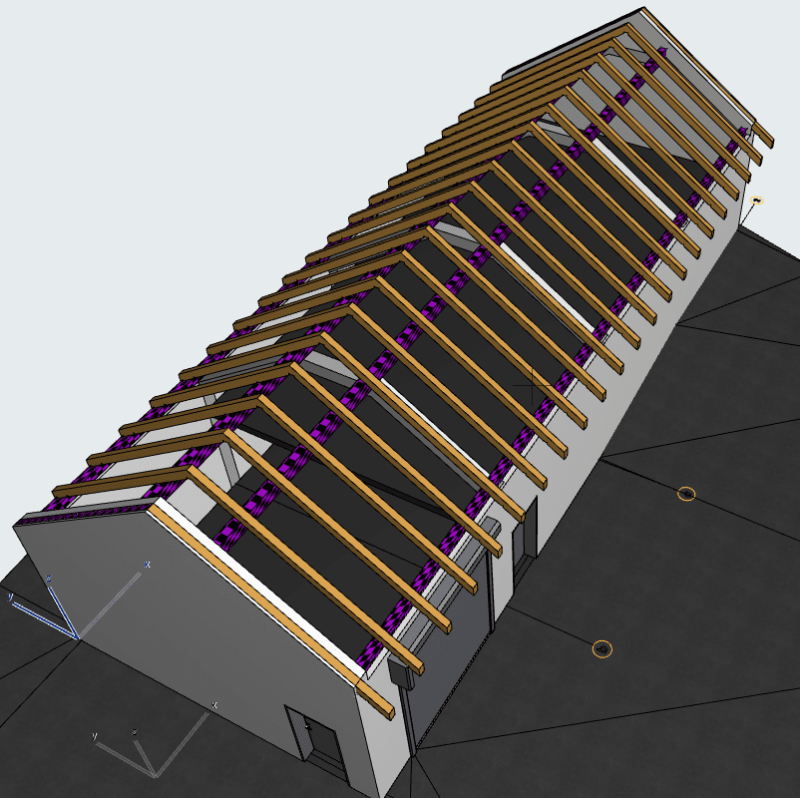
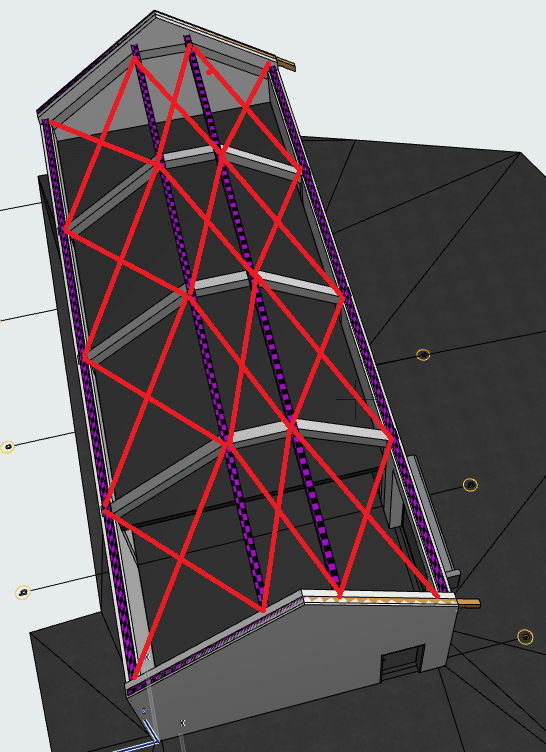
I'd like to hear some opinions on this structure (tire warehouse) that has:
-timber roof (rafters supported on timber beams),
- timber beams are supported on RC frames,
- there is a RC slab above ground storey above entire structure – except the first field which is empty,
- walls (concrete or masonry) are 300 mm thick with only few openings.
I am wondering what is the best way to design this one regarding horizontal - seismic forces.
Since RC slab is not above whole structure (first field is empty) this causes weakness in transverse direction. RC frames will support timber roof and will be designed as moment frames so they can also take transverse forces but I was thinking about bracing in the roof plane, which will transfer transverse horizotnal forces above RC slab to both external transverse walls. Horizontal forces in other/longitudinal direction should not be a problem since I have two long external walls with only few openings so bracing in the roof plane will transfer this forces to longitud. walls. Timber beams which support rafters are part of bracing (compression forces) so maybe steel is a better option than wood.
I am wondering what is the best way to design this – especially for horizontal forces in transverse direction? Any suggestion?
I know I can design this structure as RC frames with fillers but I think there is no need for that. I can also use steel frames instead RC frames above the slab.
This structure should not be a precast structure!
Id like to get a design that is as simple/cheap as possible. What do you suggest?







